he National Museum of Scotland has opened the final three galleries of an £80m redevelopment of the 152-year-old institution.
Over the past 15 years, the Edinburgh museum has added 29 new galleries with space for 13,000 objects.
The latest new galleries are devoted to Ancient Egypt, East Asia and the Art of Ceramics.
1. Great Pyramid casing block
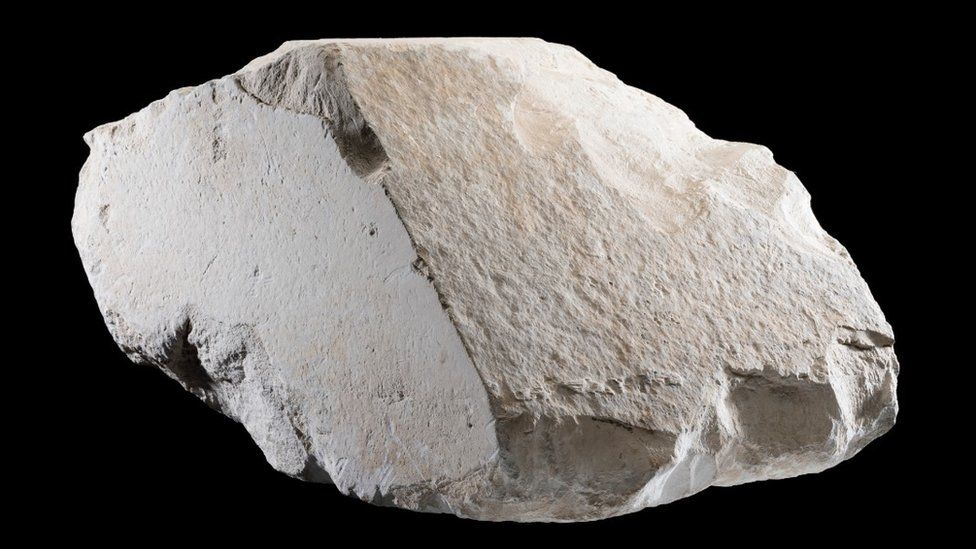
The item which has sparked the most controversy is a limestone casing block from the Great Pyramid in Giza.
Dating to 2589-2566 BC, it is the only stone of its type on display outside Egypt.
That is why the authorities in Egypt were keen to know how it had come to be in a Scottish museum and had never been displayed.
The stone arrived in Edinburgh in 1872, having been found in rubble among roadworks by an engineer who was working for Charles Piazzi Smyth, the Astronomer Royal of Scotland.
Piazzi Smyth conducted the first survey of the Great Pyramids, with permission from the Viceroy of Egypt and the Egyptian Antiquaries Service.
However, when it was announced it would be put on show in the new gallery the present-day Egyptian Antiquaries Repatriation Department asked the museum for evidence of its provenance.
Museum director Dr Gordon Rintoul is adamant the paperwork is in order and that the stone is the centrepiece of their new gallery.
2. Mummified Man with Portrait
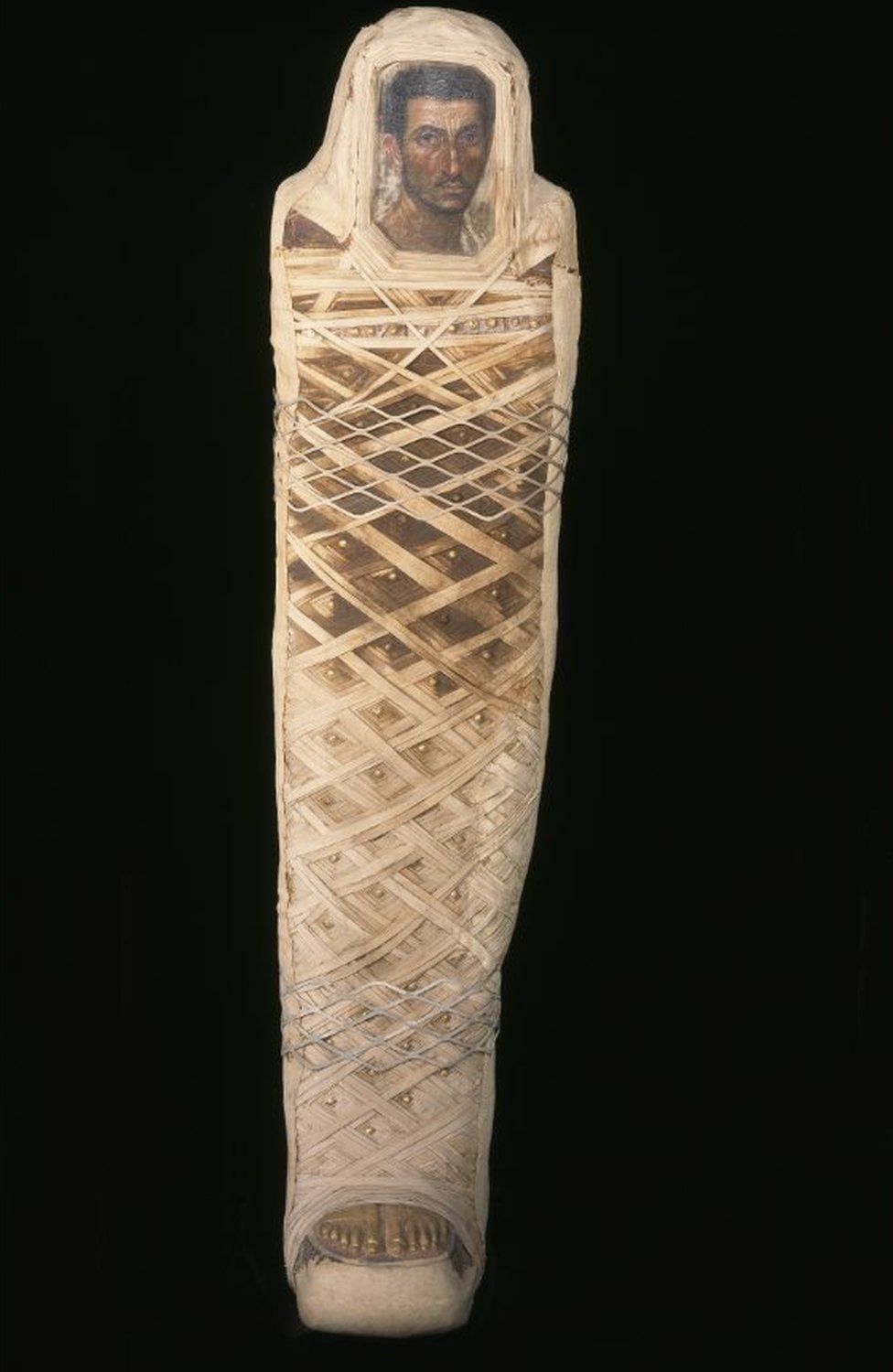

We are all familiar with the lavish funeral paraphernalia of the pharaohs but the Ancient Egypt Rediscovered gallery includes some later exhibits which offer more personal insight into ordinary life and death.
While most people in Roman era Egypt went for the conventional gilded mummy mask, others chose to have their loved ones’ faces painted on the coffin lid.
Tests of the mummified remains with this casket suggest this was a young man.
Whether his lifelike portrait is an accurate representation is another matter.
3. Coffin made for two children
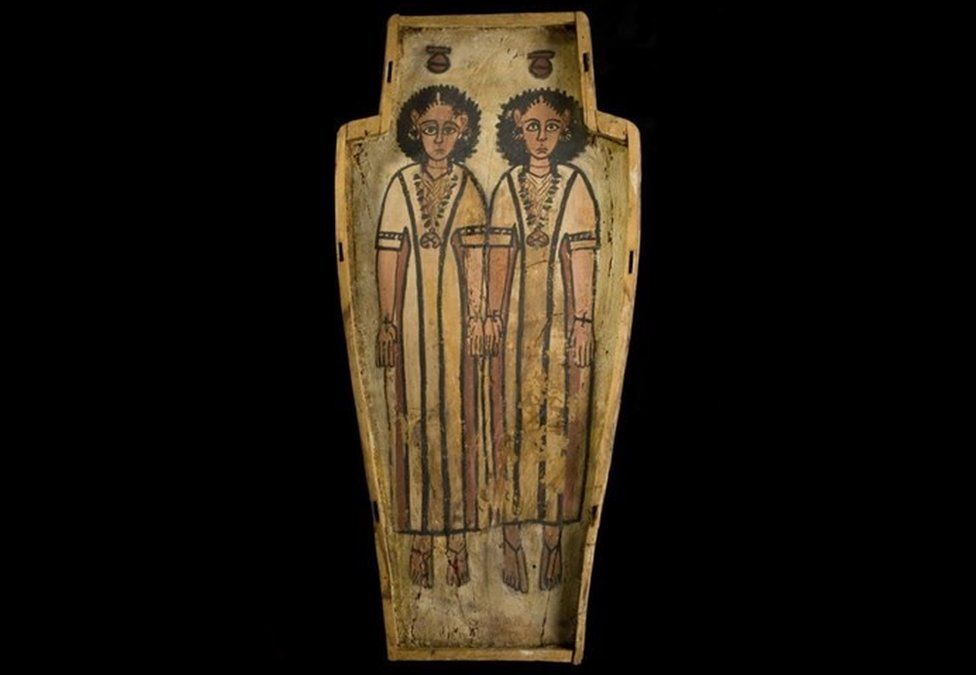

This is the only double coffin ever found in Egypt by Alexander Henry Rhind, a Scot who was the first archaeologist to work in Egypt, and a pioneer of excavation and recording.
The exhibition includes artefacts relating to their collecting, and explains how these objects came to be in Scotland.
The coffin which comes from Thebes and dates to 175-200 AD is painted on the exterior and interior.
The exterior shows images of the two boys whose funeral papyri record they were Penhorpabik who was just three years and three months when he died, and Petamun who was younger.
The interior shows two painted sky goddesses who would escort them to the afterlife.
4. An ancient Egyptian Coptic sock

This striped wool sock – 300-600 AD – is a wonderfully ordinary connection to every day life.
With separated toe so it could be worn with sandals, and a striped weave which would use up all the leftover scraps of wool, it’s a lovely reminder of ordinary things in an extraordinary culture.
It took 105 hours of conservation to get this ancient sock ready for display.
And of course there’s only one.
Who knows where that lost ancient Egyptian sock went?
5. Figure of Mercy
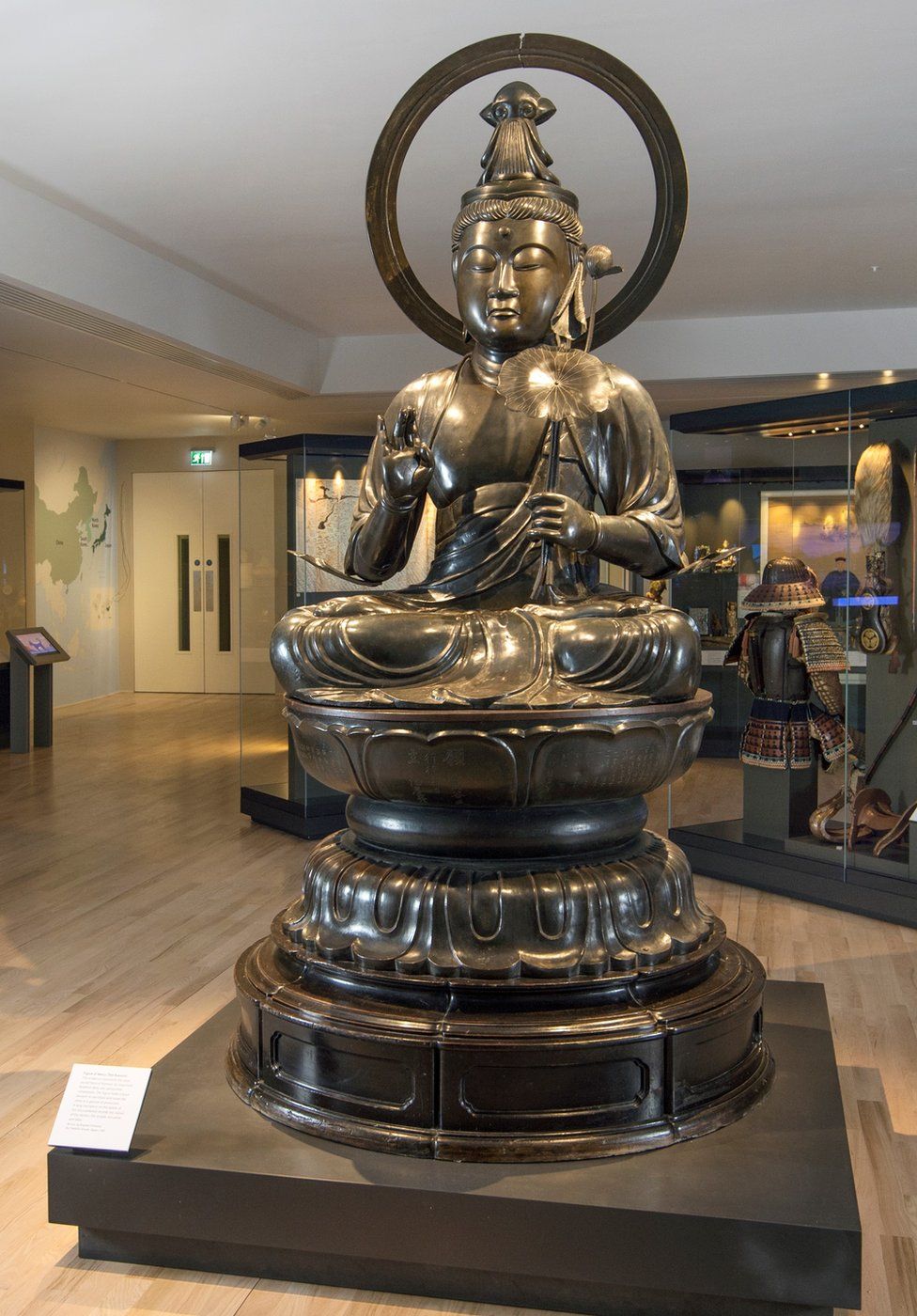

At 2.4 metres tall and 640 kg in weight, this Japanese bronze bodhisattva statue is the largest and heaviest object in the East Asian gallery.
The sculpture, dating from 1787, represents the most sacred form of Kannon, an important Buddhist deity who personifies compassion.
Along with the temple warrior, at the other doorway, it has been on display before, but not in its proper context as a welcoming presence at the entrance of the gallery.
In marked contrast, be sure not to overlook the smallest item in this gallery, a tiny netsuke sculpture of carved ebony inside a bamboo stalk, only 4.5cm tall.
6. Man, by Stephen Bird
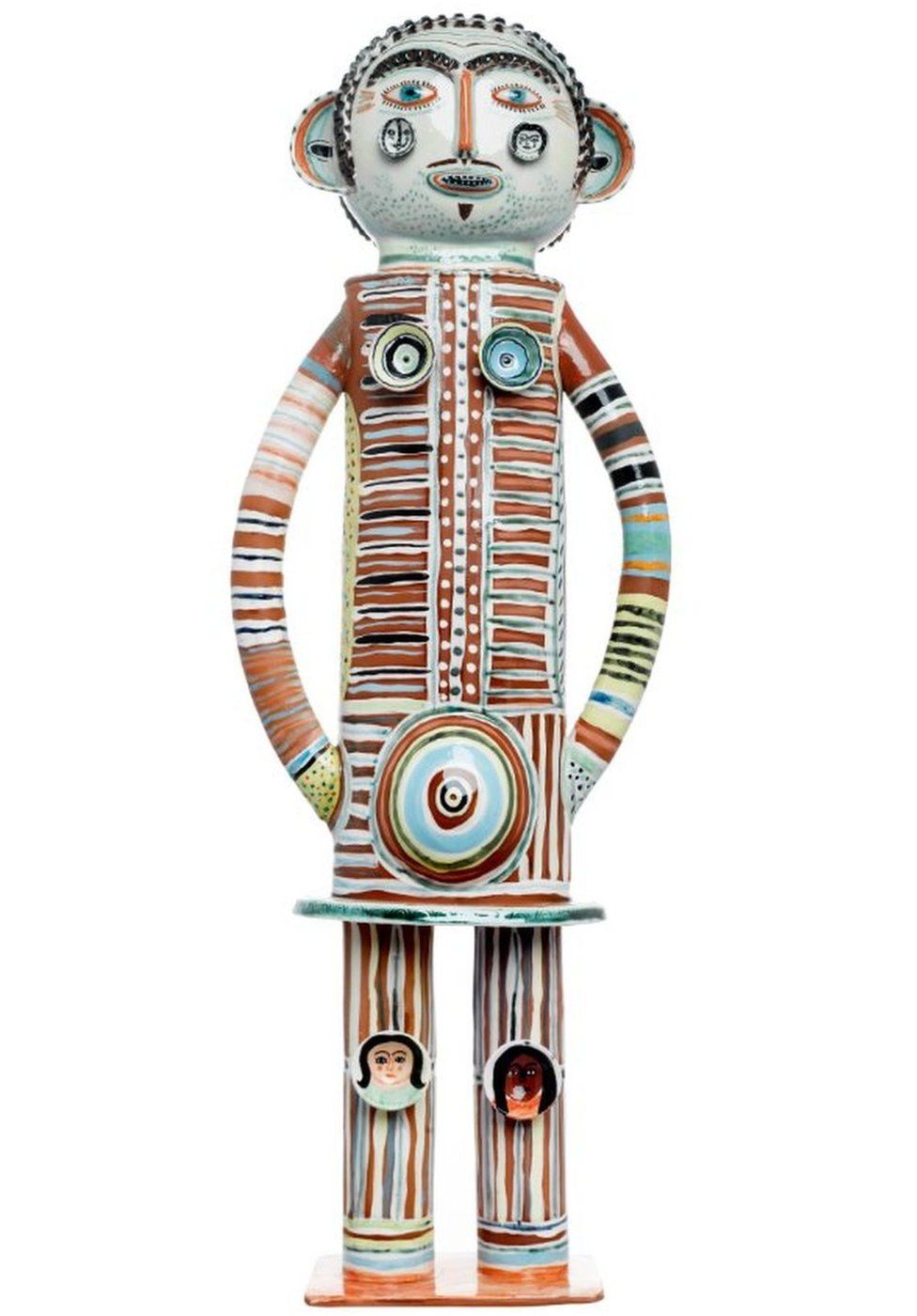

Who knew that ceramics could be so seductive?
Dundee artist Stephen Bird made this work as a way of rearranging the crockery he wasn’t allowed to touch as a child.
It’s easy to miss the new ceramics gallery which is alongside the cafe on the first floor balcony but it is a brilliant gateway into the other collections, picking up on themes you’ll see again in the Egyptian and Asian collections.
It’s not just art.
The robust nature of ceramic means its used in everything from mobile phones to the Dounreay Nuclear Reactor.
And keep your eyes peeled for a cheeky plate from 16th century Maiolica involving a donkey playing a lute.
Source: BBC News